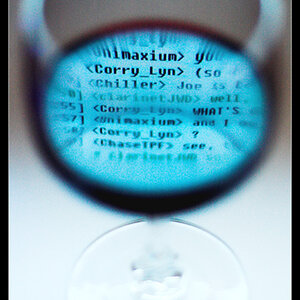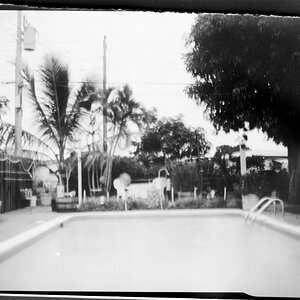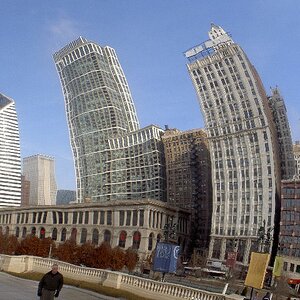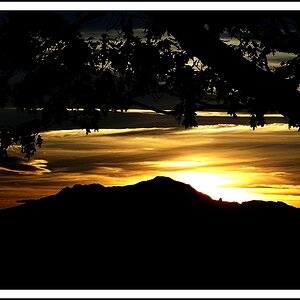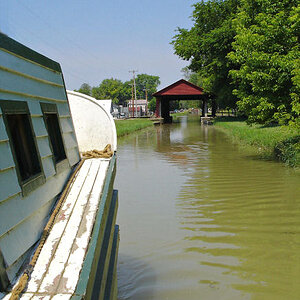cypilk
TPF Noob!
i was reading the other post earlier and i was wondering if changing the aperature changes the focus ... or depth.. or something..
because i always thought that aperature changes how much the shutter opens..either smaller or bigger depending on the f-stop.. ( oh..and is f-stop a unit for aperature?)
anyway... what else does aperature do..besides let more/less light in?..
because i always thought that aperature changes how much the shutter opens..either smaller or bigger depending on the f-stop.. ( oh..and is f-stop a unit for aperature?)
anyway... what else does aperature do..besides let more/less light in?..


 )
)

![[No title]](/data/xfmg/thumbnail/37/37524-6c51828efbc2361f9cfed53f63f28aa2.jpg?1619738130)
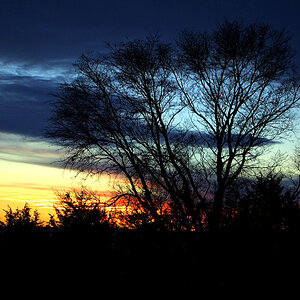

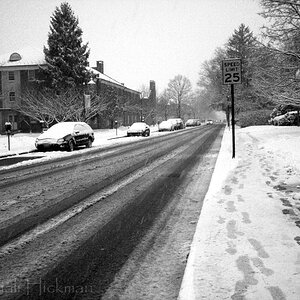
![[No title]](/data/xfmg/thumbnail/37/37527-890d5645c379b1bd0766ecc3a3988b77.jpg?1619738130)


